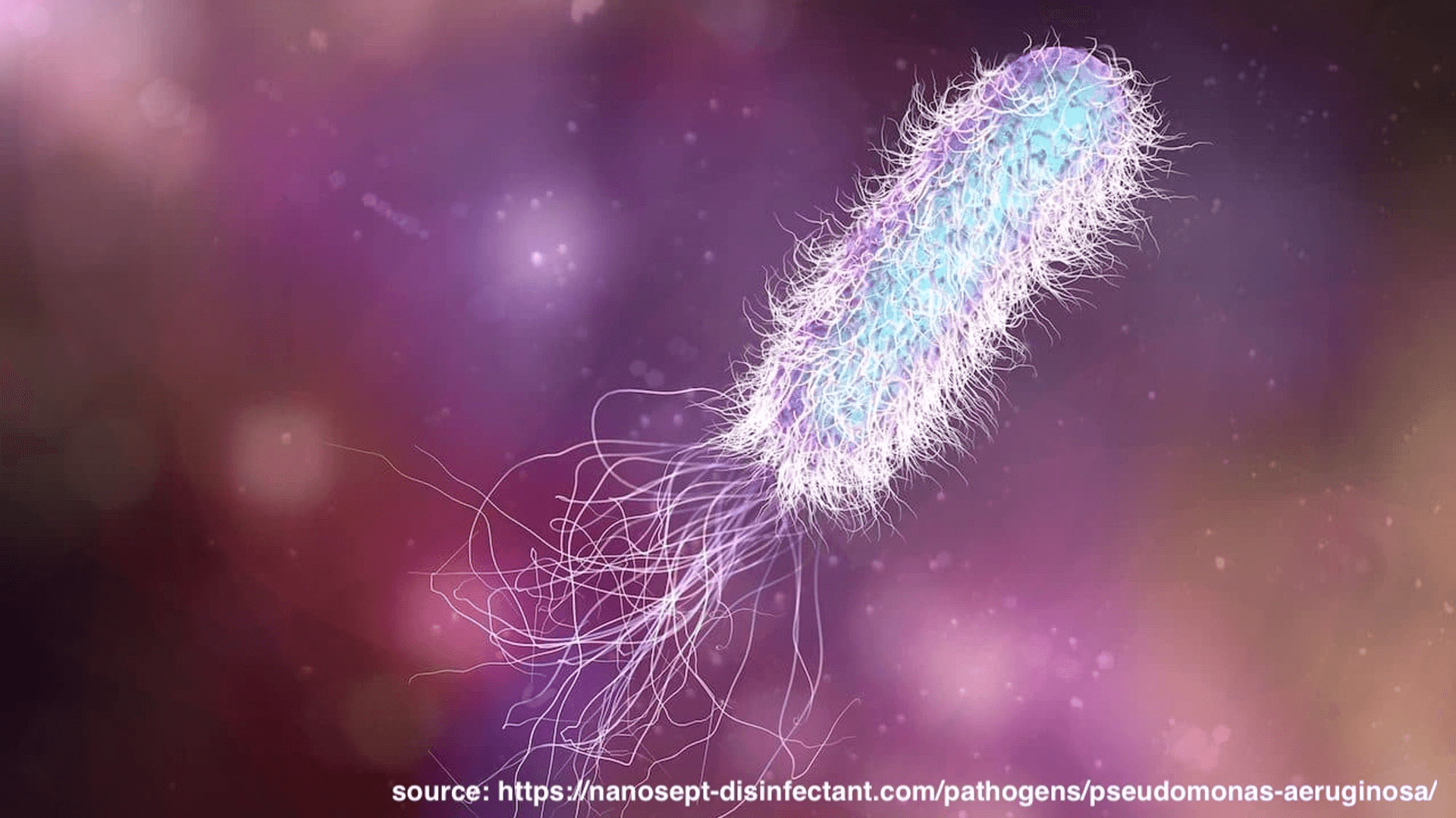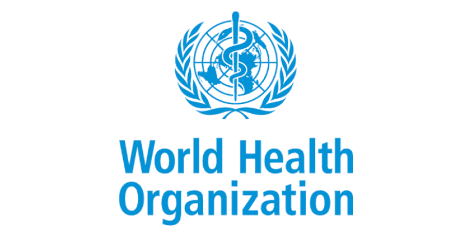Pseudomonas

Pseudomonas species are Gram-negative aerobic rods, forming granular and dry colonies of various colours. Their measure is from 0.5 to 0.8 μm by 1.5 to 3.0 μm. They inhabit environments like soil (coastal areas), water, and plant and animal tissues, easily surviving environmental stresses. Pseudomonas means “false unit”, while aeruginosa refers to the blue-green colour of laboratory cultures discovered by Carle Gessard, a French scientist, in 1882. He found that under ultraviolet light, water-soluble pigments of P. aeruginosa turn blue-green. Pseudomonas aeruginosa primarily affects immunocompromised individuals. Healthy people are usually not at risk of infection from this microbe. P. aeruginosa is an opportunistic pathogen. It requires a break in the body's first line of defense, such as trauma, cystic fibrosis, surgeries, cancer, AIDS, or other immunosuppressive conditions. These bacteria are known for their resistance to antibiotics and disinfectants, as they can expel antibiotics from within the cell. They primarily infect the urinary and respiratory tracts, swimmer's ears, cornea, wounds, and cause folliculitis. P. aeruginosa is listed as a CRITICAL priority on the antimicrobial pathogen list published by the World Health Organization (WHO).
In the Pseudomonas aeruginosa database, you can find the genomes of the species and, corresponding to them, metadata with relevant information about the pathogen source
Resources
External Resources
- Latest publication in Cristin
- Ongoing projects listed in Prosjektbanken


